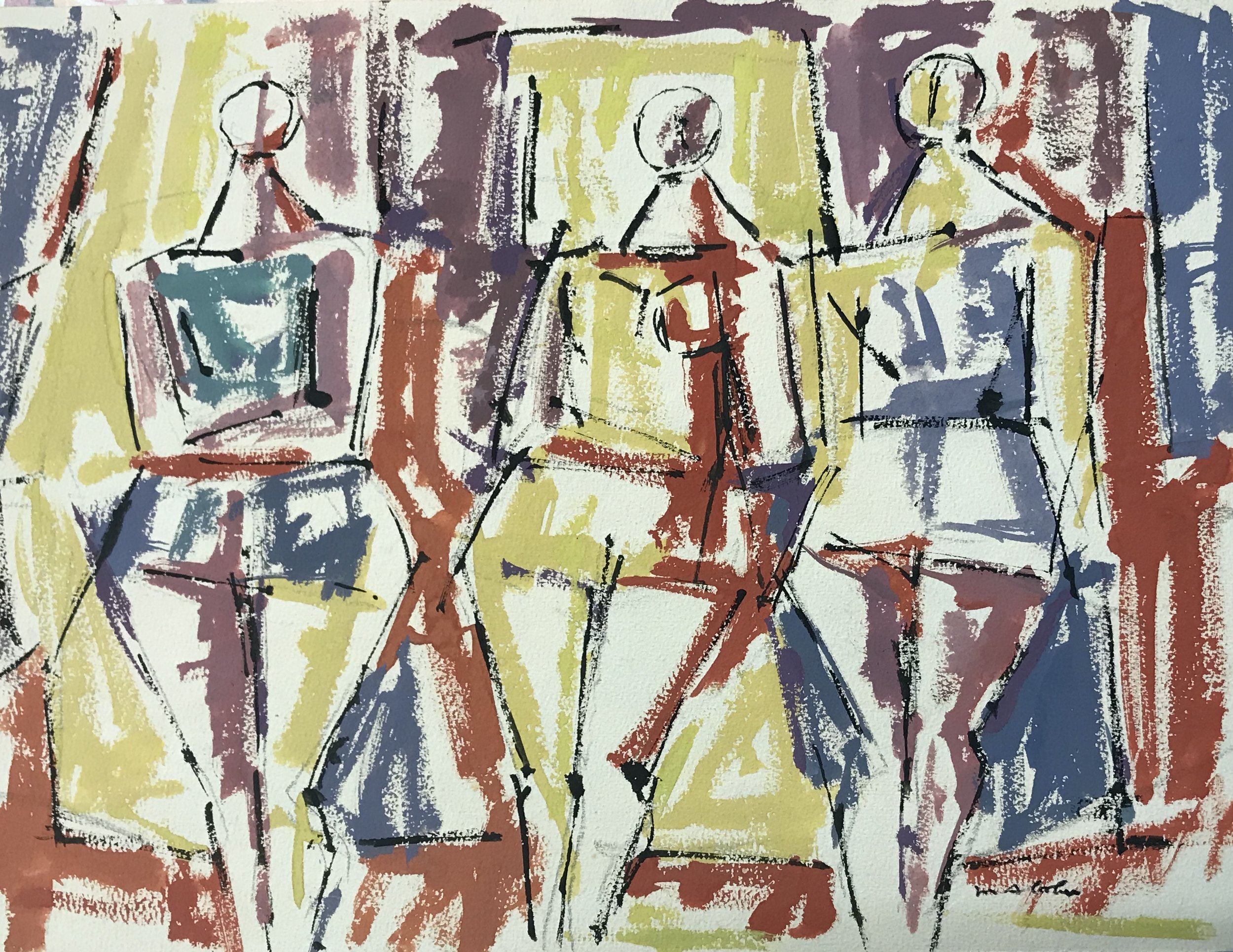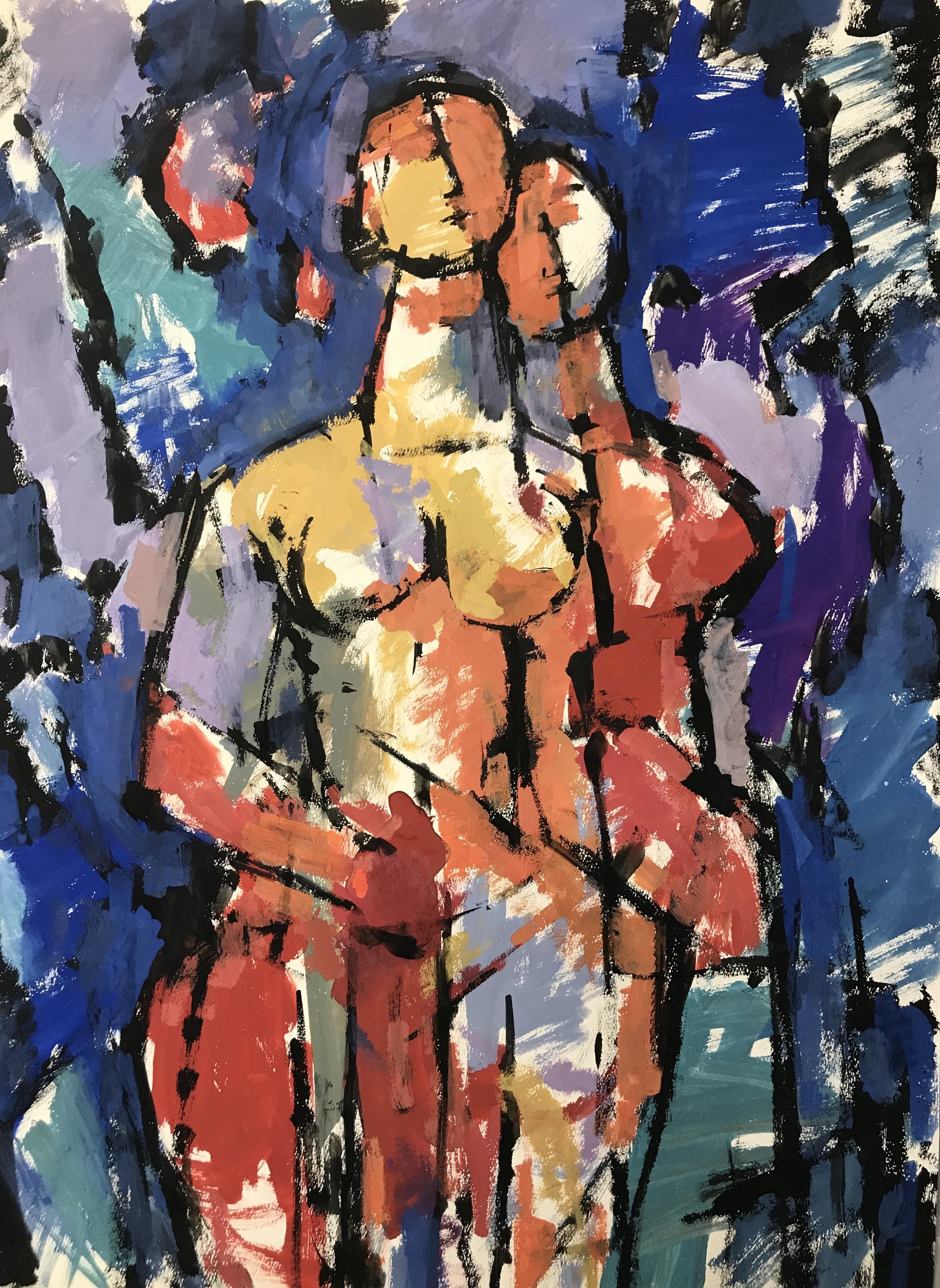
Max Arthur Cohn Artist Statement
Download Max Arthur Cohn Artist Statement
Max Arthur Cohn was a prolific artist in the 20th century. Born in England in 1903, his parents emigrated to the United States in 1905. Max spent the majority of his life living in New York City, from at least 1925 until his death in 1998. Throughout his life, he painted thousands of works of art. His style fluctuated and evolved as he spanned many media, from printmaking with silkscreen and serigraphy, to gouache, watercolor and oil paintings. Much of his early work is documented crucial periods of American History. Painting in oil, he illustrated the shallows of the Great Depression and documented the proliferation of industry leading up to America’s presence in WWII. In 1934, as part of the New Deal, he was selected as one of the artists for the Public Works of Art Project (PWAP) and from 1936-1939 the Works Progress Administration (WPA) Easel Project.
Cohn studied at the Art Students League of New York from 1925-1927 and the Académie Colarossi in Paris, France in 1927. He co-wrote the 1942 book, Silk Screen Stenciling as Fine Art. He was a founding member of the National Serigraph Society. He ran Graphic Art Studios in New York City, where he produced commercial silk screen. He is best known for his early career and more representational work, but as he developed a modern style later in his career, his abstractions of people, landscape and cityscapes are among the best works of cubism created in the 20th century.
His work is in the collections of the Metropolitan Museum of Art, Whitney Museum of American Art, Museum of Modern Art New York, Philadelphia Museum of Art, Museum of Fine Arts Boston, New York Public Library, Smithsonian American Art Museum, Museum of the City of New York, Art Institute of Chicago, Newark Public Library, Fogg Art Museum Harvard, Albany Institute of History and Art, Howard University, Milwaukee Art Museum, Chazen Museum of Art, University of Wisconsin-Milwaukee, Denver Museum, Dallas Museum, British Museum London, Sydney Australia Museum, Tel Aviv Museum and many more prestigious institutions.





